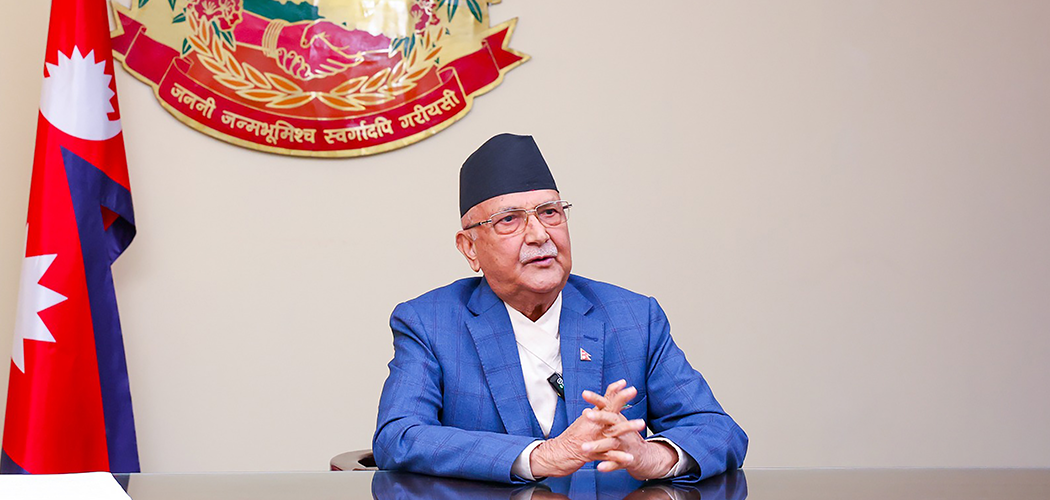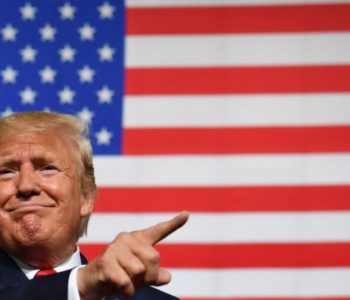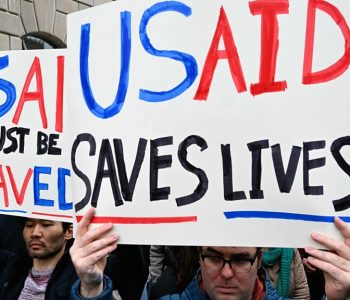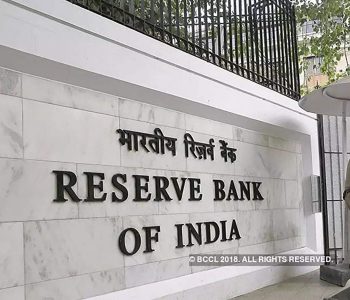Kul Man Ghising’s removal puts Oli-led government in a tight spot

KATHMANDU: The decision to remove Kul Man Ghising as Managing Director of the Nepal Electricity Authority (NEA) has plunged Prime Minister KP Sharma Oli’s government into a deepening political crisis. Announced after a Cabinet meeting on Monday evening, the move has sparked widespread backlash, amplifying existing dissatisfaction with the government’s performance at a time when it is already struggling to deliver results.
Opposition parties and even members of the ruling coalition have fiercely criticized the decision. Within the ruling Nepali Congress, General Secretaries Gagan Thapa and Bishwaprakash Sharma slammed the government’s actions.
“We urged caution, but despite seeming to listen, they made this wrong call. When ministers falter, the PM should step in, but that hasn’t happened. This decision is flawed—wrong paths don’t lead to right destinations,” Thapa stated. Meanwhile, Maoist Centre Chairman Pushpa Kamal Dahal ‘Prachanda’ took to social media on Monday, condemning the move as a display of “two-thirds arrogance.”
The backlash extends beyond the coalition. Rastriya Prajatantra Party (RPP) Chairman Rajendra Lingden called the replacement of Ghising with Hitendra Dev Shakya a “regressive step” for NEA. Similarly, Rastriya Swatantra Party (RSWP) President Ravi Lamichhane symbolically turned off lights to protest the decision. Public outrage has flooded social media, with netizens echoing the political uproar.
The timing couldn’t be worse for Oli’s administration. Royalist groups, already questioning the republican system, are seizing on this discontent to rally support, while ruling coalition MPs had previously opposed moves against Ghising and Energy Minister Deepak Khadka’s statements on loadshedding in Parliament. The decision has further strained the fragile Nepali Congress-UML alliance, where mutual understanding has been elusive.
Ahead of Monday’s Cabinet meeting, Oli met with Prachanda and Congress President Sher Bahadur Deuba at Singha Durbar, aiming to project confidence. The trio reportedly agreed to resolve transitional justice issues, but underlying tensions persist. Sources close to Prachanda reveal he had proposed a national consensus government to Deuba before the March 9 (Falgun 25) royalist protests in Kathmandu—a move Oli is aware of.
On March 21 (Chaitra 7), Oli revealed in Parliament that he had repeatedly tried contacting Prachanda, further exposing coalition fissures. Deuba’s lack of interest in Prachanda’s proposal has kept the current alliance intact, but Ghising’s removal has reignited calls within Congress for alternative leadership options.
Analysts say the decision has handed Oli’s critics—both within and outside his coalition—a powerful weapon. Royalists are capitalizing on the chaos, while the government’s inability to address public grievances, like recent power cuts, has fueled the narrative of incompetence. Oli’s attempt to consolidate power by sidelining Ghising, a figure widely credited with ending loadshedding, appears to have backfired, deepening mistrust among allies and the public alike.
With coalition dynamics fraying and opposition mounting, the Oli-led government faces its toughest test yet. The replacement of Ghising with Shakya, rather than stabilizing NEA, has instead ignited a political firestorm, leaving the administration scrambling to regain footing amid growing uncertainty.














Facebook Comment